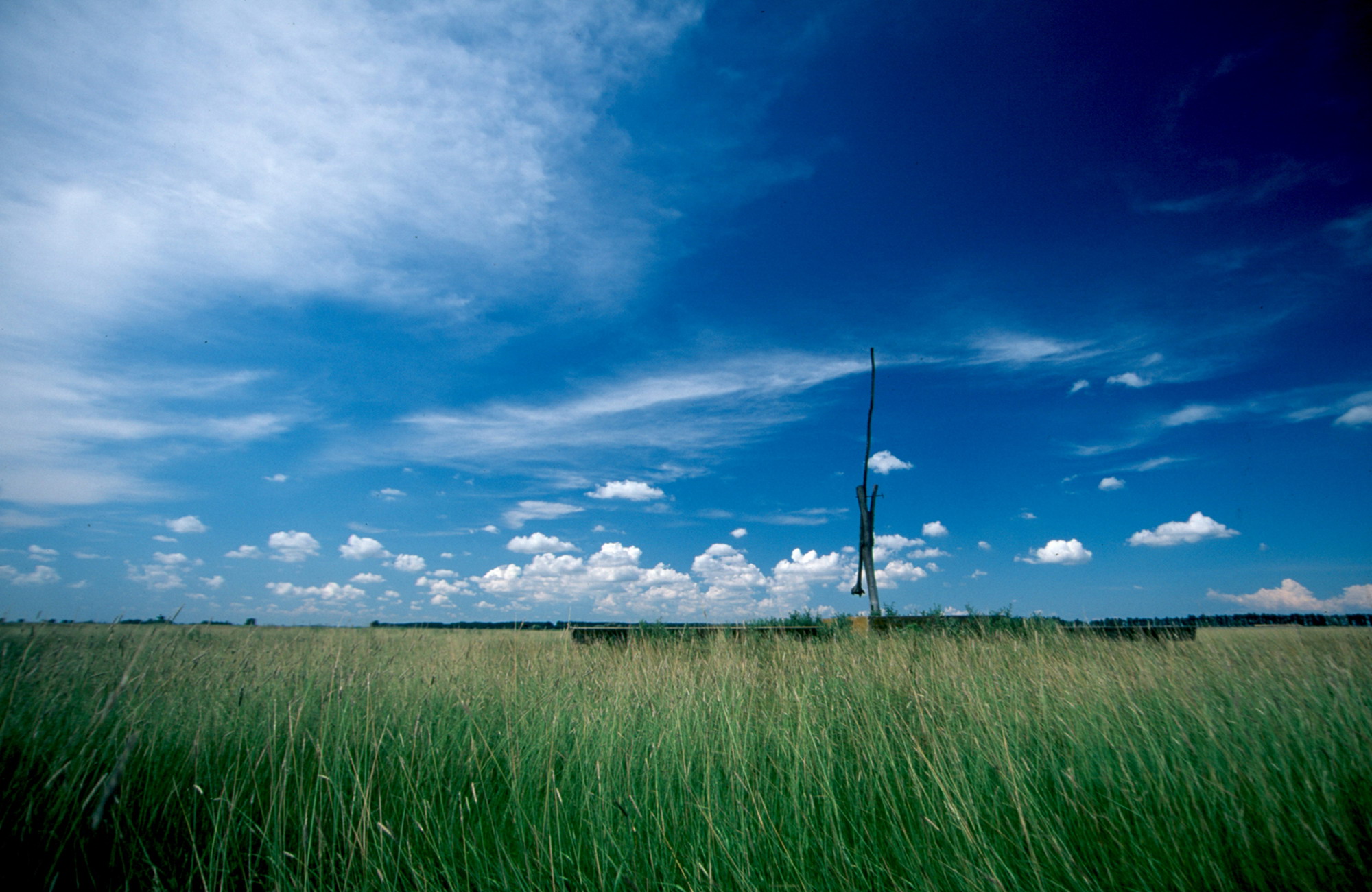Introduction
"Ordained to stock-raising by nature" (Ecsedi, 1914.)
The largest puszta of Hungary is the Hortobágy, the most widespread, plain landscape of Central Europe, that has been ordained to stock-raising and herding by nature. The natural conditions favoured the development and perpetuance of such a stock-breeding culture that can be regarded as unique until the middle of the 20th century. By adjusting to the extreme weather conditions, stock-breeding, based on grazing in most of the year, also marketable abroad, kept those ancient species best fit for keeping and preserved the traditions of the herdsmen who tended the flock.
The peculiarity of the Puszta soon caught the attention for the early foreign travellers visiting our country and this region as well, while Hungarian poets and writers also recorded the beauty and uniqueness of the Hortobágy in their writings. According to our present concepts, one could say that the Hortobágy was discovered for tourism in the 18th century. There is no other region in this country that inspired so many folk-songs, poems, stories and artistic works, like the Hungarian Puszta. It has a library-size bibliography. The first regional monograph about herding was written about the Hortobágy by István Ecsedi in 1914.
The fate of the Hortobágy has always been a public concern. In the most difficult times, when "nature-transformers" were the masters of the situation, protectors of nature started to intervene. During the action of Pro Natura, internationally famous foreign and Hungarian scientists asked the Hungarian government in a memorandum to preserve the unique natural and ethnographic qualities of the Hortobágy. These initiatives resulted in the creation of the first and largest national park in the Hortobágy.
















